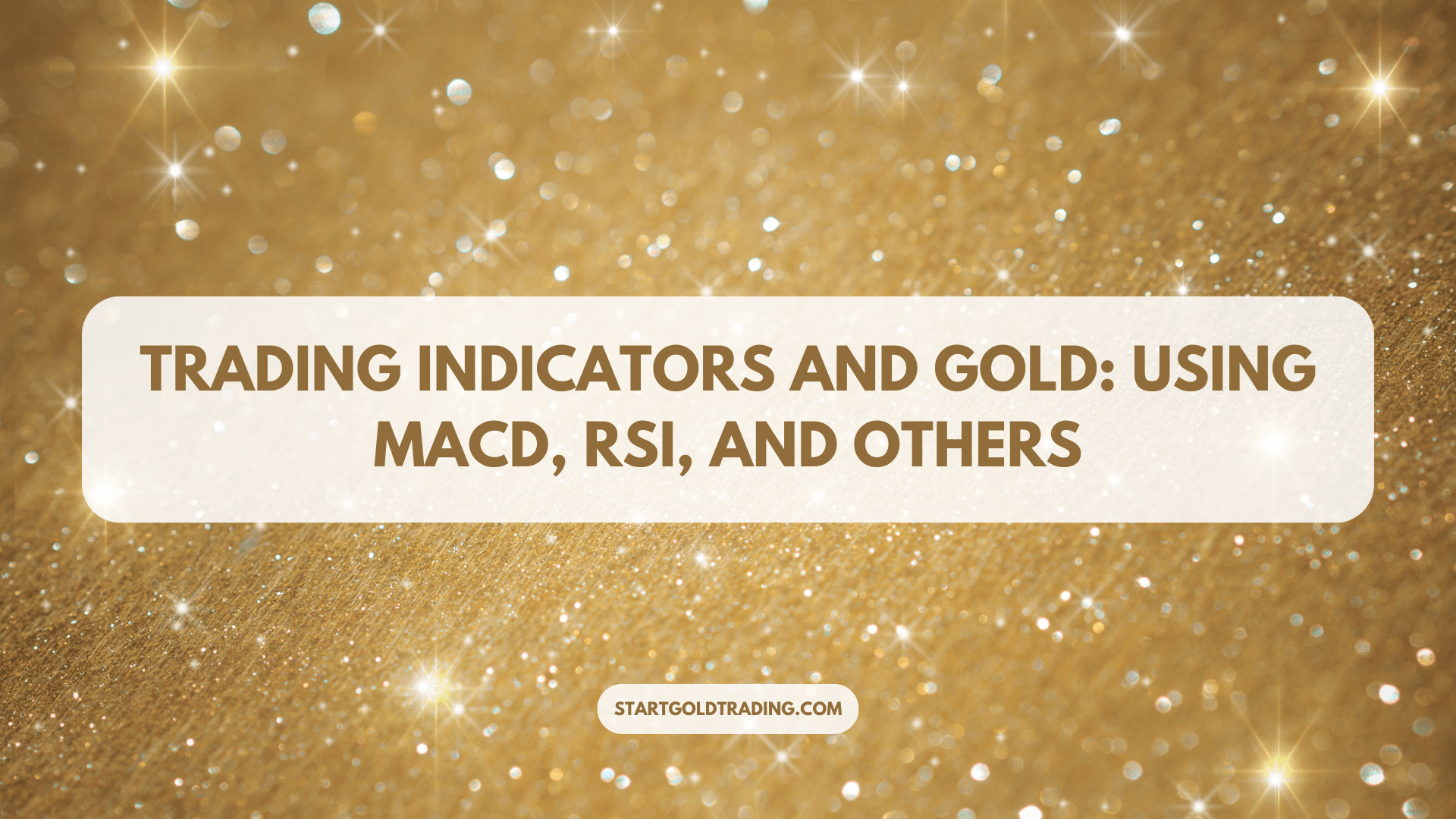Navigating the world of gold trading can sometimes feel like trying to find your way through a dense fog. Trading indicators are like the lighthouse for traders, providing signals that help guide their decisions through the murky waters of the financial markets. For beginners, including teenagers interested in the dynamics of gold trading, understanding how to use these tools is crucial for making informed and effective trading decisions. This article explores key trading indicators such as the Moving Average Convergence Divergence (MACD) and the Relative Strength Index (RSI), showing you how to apply them in gold trading.

Overview of Key Trading Indicators
Trading indicators are mathematical calculations based on the price, volume, or open interest of a security or contract. By applying these indicators to historical market data, traders can predict where the price of gold might go next. Here are two of the most widely used indicators in trading:
- Moving Average Convergence Divergence (MACD): This indicator helps track price momentum and potential reversals. It consists of two lines: the MACD line, which is the difference between two exponential moving averages (EMAs), and the signal line, which is an EMA of the MACD line.
- Relative Strength Index (RSI): The RSI measures the speed and change of price movements on a scale of 0 to 100. It is typically used to identify overbought or oversold conditions in a market, providing signals to buy or sell.
How to Apply MACD and RSI in Gold Trading
- MACD in Gold Trading:
- Identify Signal Line Crossovers: When the MACD crosses above the signal line, it’s considered a bullish signal, suggesting it might be a good time to buy. Conversely, a crossover below the signal line signals bearish momentum, potentially a good time to sell.
- Recognize Divergence: If the price of gold is making new highs but the MACD is failing to reach new highs, it indicates a bearish divergence, suggesting that upward momentum is waning.
- RSI in Gold Trading:
- Find Overbought or Oversold Levels: An RSI reading above 70 typically indicates that gold may be overbought and could be set for a decline, while an RSI below 30 indicates that gold may be oversold and could be poised for an increase.
- Watch for Centerline Crossovers: RSI crossing above the 50 line is considered bullish, below 50 is bearish.
Interpreting Indicators for Effective Trading Decisions
Interpreting trading indicators requires understanding their signals in the context of the current market environment and gold trading strategies. Here are a few tips:
- Combine Indicators for Confirmation: Use both MACD and RSI together to confirm potential buy or sell signals. For instance, if both indicators show overbought conditions, it might strengthen the case for a sell order.
- Consider the Trend: Indicators can behave differently depending on whether the market is trending or range-bound. In trending markets, momentum indicators like MACD are particularly useful, while oscillators like RSI are better suited for ranging markets.
- Use with Other Analysis Techniques: Combine indicators with technical analysis tools like trend lines and chart patterns for more robust trading decisions.
Conclusion
Trading indicators are powerful tools that, when used correctly, can significantly enhance your ability to make educated trading decisions in the gold market. By learning how to interpret and apply MACD and RSI, you can begin to develop a nuanced understanding of market dynamics, helping you to navigate the complex world of gold CFD trading with greater confidence and insight. Remember, the key to successful trading lies not just in the tools you use, but in your understanding of how to use them effectively.

